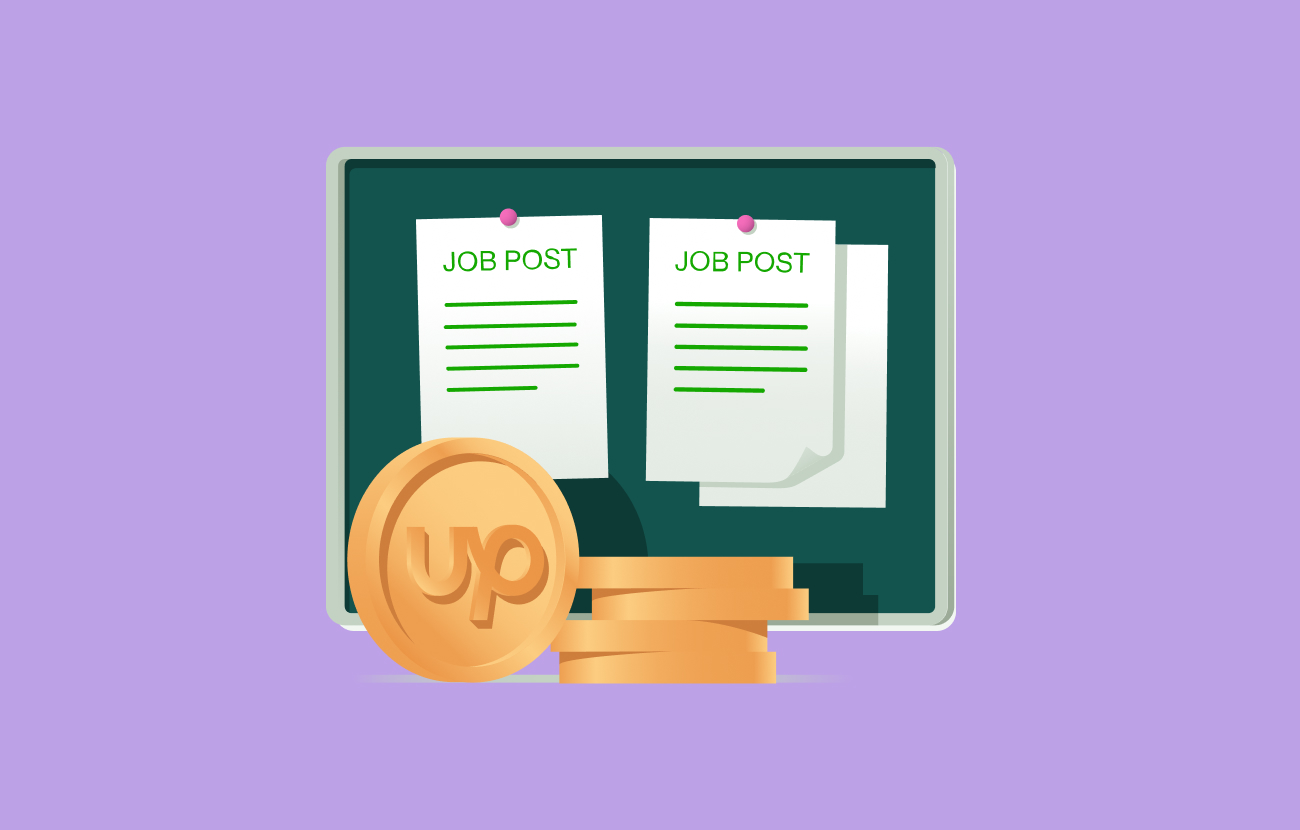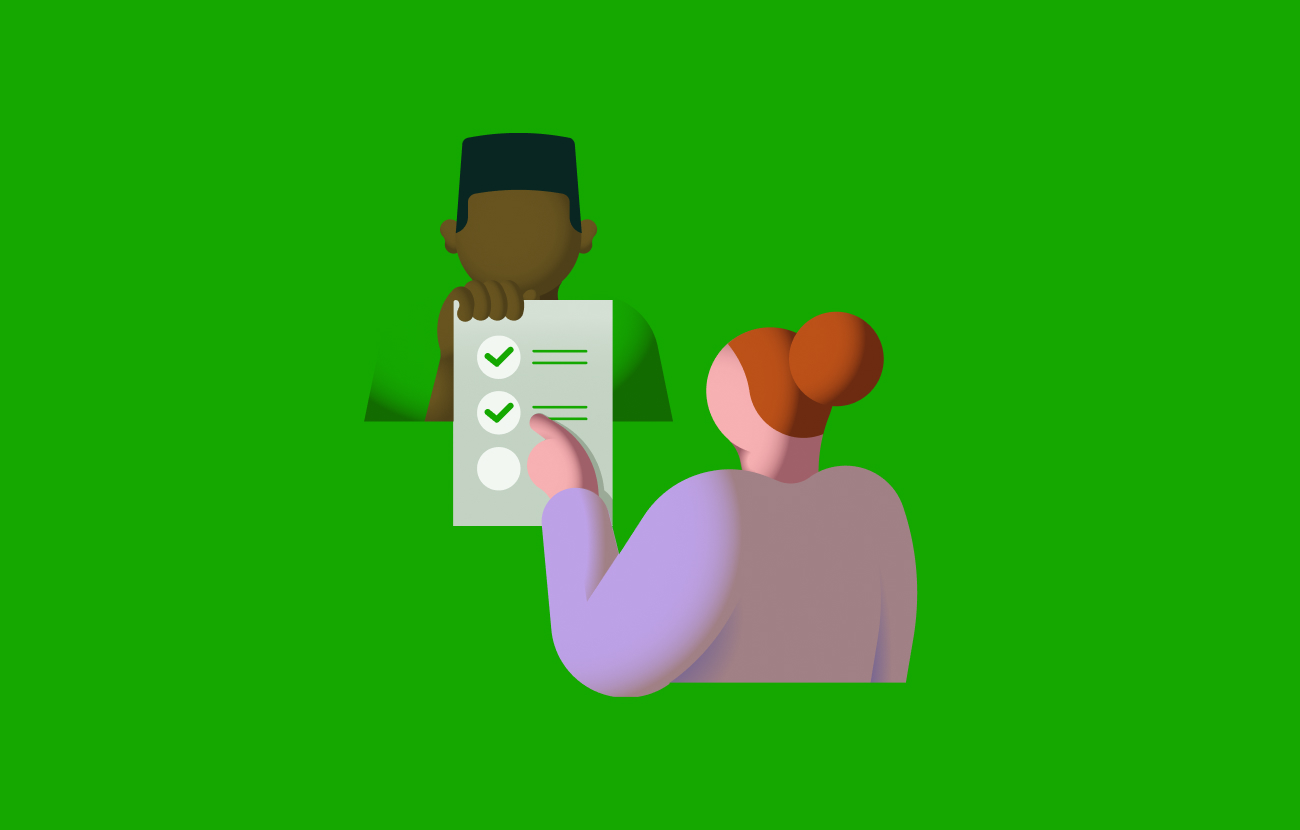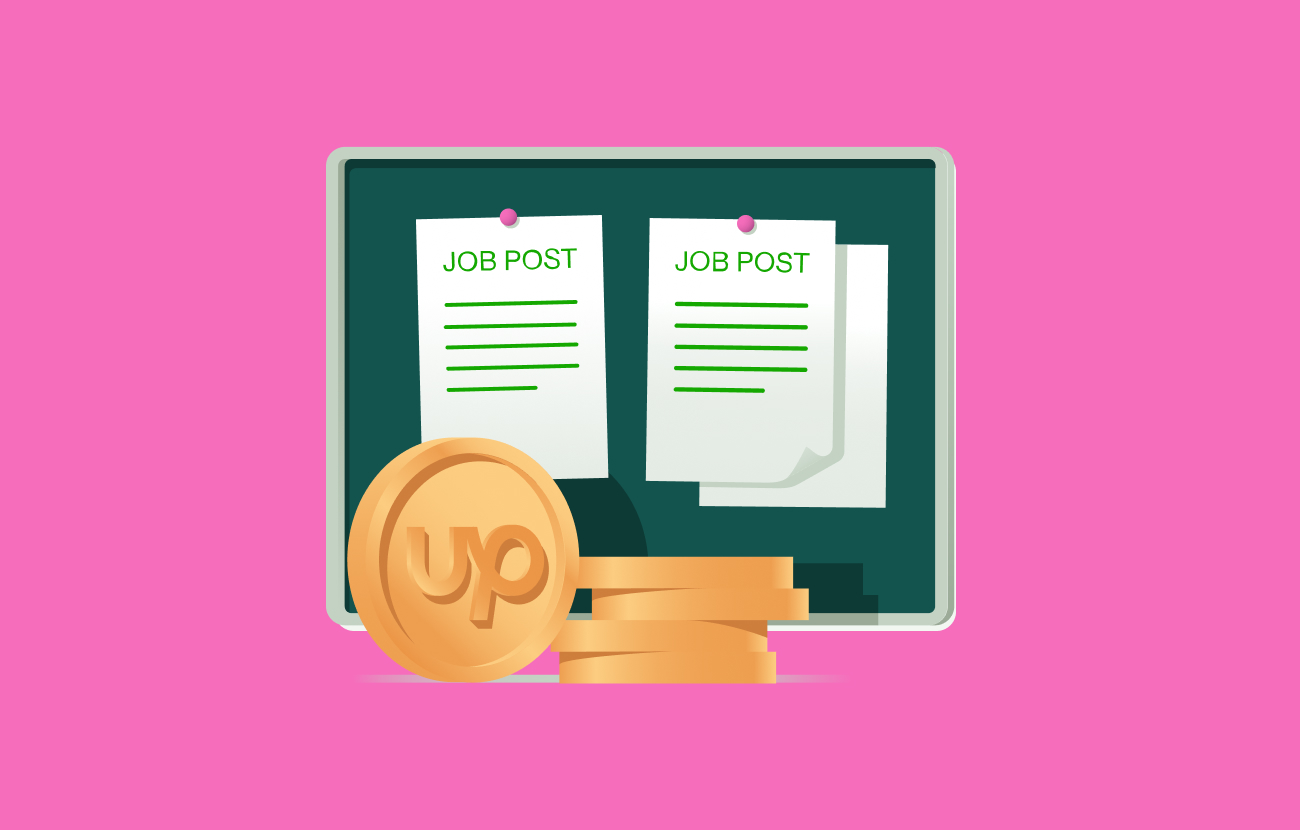Learning To Learn: The Ultimate Power Move
Build skills faster and smarter, no matter how busy you are. Learn how to stay relevant, focused, and adaptable with better habits to sharpen your skills.

Many professionals — caught in a cycle of doing, reacting, and keeping up — are too busy working to get better at working. Learning new skills feels important, but rarely urgent.
But you are your competitive edge; your success hinges on the choices you make. The right habits, done consistently, can help you keep learning, even when time is tight. Here are nine ideas; try them out and see which one works best for you.
1. Prioritize relevance over trends
What you choose to learn matters, especially when nearly 40% of core job skills are expected to change over the next five years. Trends come and go; relevance is what keeps you in demand. Focus on skills that solve real problems, align with your goals, and build on your strengths.
You don’t have to master everything
In a world of hyperspecialization, there are three ways to fill a skills gap:
- Build it. Learn the skill yourself if it’s high-value and long-term.
- Buy it. Hire a freelancer or connect with someone who already has that expertise.
- Borrow it. Use tools, templates, or automation to get the job done.
Instead of chasing every new skill, be strategic. Focus your learning on the capabilities that have the most value to you — find other ways to access the rest.
Choose skills to solve problems now and later
Staying sharp means being strategic. Start by identifying high-potential skills to explore:
- Browse job posts for roles you want
- Check in-demand skills and jobs on Upwork
- Use LinkedIn’s Career Explorer to see where your current skills could take you
- Sketch a career development plan to match your goals to the needed skills
Then narrow down your shortlist:
- What would solve a problem you’re facing right now?
- What shows up in the projects or roles you’re drawn to?
- What are you genuinely curious about?
Try a 70/30 approach: Spend 70% of the time you’ve committed to learning on skills that support your current role or next move. Use the other 30% to explore future-facing skills that build adaptability.
2. Find your peak learning time
If you’ve tried to learn with a foggy brain, the problem might not be motivation. It might be timing.
In “When,” author Daniel Pink highlights chronotypes, the body’s innate rhythm for energy, focus, and alertness. Aligning your learning with your body’s natural peaks can make a big difference.
Most people fall into one of three types:
- Larks. Sharpest early in the day and tend to wake up easily.
- Third birds. Hit their stride mid-morning to early afternoon.
- Owls. Peak in the late afternoon or evening, and often struggle with mornings.
Most people are third birds, but work and family routines can push you out of your natural rhythm, making it harder to know what truly works. There are exercises you can try that can help you get a clearer picture.
Even small shifts in your schedule help. Tackle deep work when your brain’s sharpest, and save admin tasks for low-energy times.
3. Plan learning time in focused bursts
Research shows your brain generally works best in focused cycles — ideally up to 90 minutes, but even shorter blocks can be enough. The key is to find chunks of time to learn that work within your schedule, not against it.
Here are some ideas to help create time for learning and use it well:
- Short sprints. Techniques like the Pomodoro method (25-minute sprints) or the 50/10 method (50 minutes on, 10 minutes off) help you stay focused with built-in breaks.
- Microlearning blocks. Short, 5–15 minute sessions are easier to squeeze in — and more effective for retention.
- Time blocking. Plan learning like you’d schedule a meeting, and stick to it.
- Habit stacking. Popularized by James Clear, habit stacking ties learning to something you already do.
And remember: consistency beats intensity. Spending 30 minutes a week on courses to help you upskill is better than cramming once a month. And if that feels like a stretch, start with five. Small steps add up.
4. Break your routine for stronger recall
Routine builds habits, but too much can work against you. In “How We Learn,” science journalist Benedict Carey explains that changing your environment helps your brain work harder and remember more easily.
Here are a few variables you may want to mix up:
- Location. Switch rooms or even just move to a different seat.
- Time of day. Even if you know your chronotype, try learning when you’re not at your best once in a while.
- Sensory input. Try alternating between background music or silence, handwriting or typing.
- Physical cues. Stand, change posture, or use a different device to avoid relying on a single setup.
Think of it as stress-testing your knowledge. Each small variation helps your brain form more durable pathways so your memory becomes more flexible and reliable.
5. Use it or lose it: The case for active learning
The research is clear: active learning works. Active learning means doing something with what you’re learning — teaching others, testing yourself, roleplaying, applying it in real life. It’s the difference between letting information roll past you and actually making it stick.
What active learning looks like
Instead of…
Reading an article ➤ Summarize key points in your own words
Watching a tutorial ➤ Build a mini project based on what you watched
Listening to a podcast ➤ Pause to jot down questions, ideas, or quotes
Skimming a newsletter ➤ Highlight one actionable idea and test it
Attending a webinar ➤ Summarize the session in your own words
Reviewing meeting notes ➤ Make a plan to apply what was discussed
Browsing a how-to guide ➤ Teach what you’ve learned to a colleague
6. Build something, learn faster
When entrepreneur Dan Koe wants to learn something new, he doesn’t start with theory — he starts building. This hands-on approach helps him cut through the noise and focus on what matters most.
A real-world project, like working on a product feature or portfolio piece, puts active learning into practice. It feels real, applies new concepts, ties new ideas to previous experience, and helps keep practical skills — such as decision-making and problem-solving — sharp.
7. Take better notes
Podcasts, newsletters, and books are great sources of information. With so much content coming at us, taking in information is easy. Remembering it is harder.
Use simple retrieval tricks like:
- Recall. Close your notes and write what you remember.
- Summarize. Jot down a short recap of what you’ve just taken in.
- Teach. Describe an idea or concept to a friend or colleague.
These quick habits help turn passive input into real understanding.
8. Use AI as a learning partner, not a shortcut
AI can speed up learning, but it can’t do the thinking for you. Overuse makes it easy to skip the deeper mental work that actually helps ideas stick. Already, research is showing that AI can put our critical thinking capabilities at risk.
Use AI tools like Gemini, Perplexity, or ChatGPT to summarize content, quiz yourself, explain tricky ideas, and explore different perspectives. Just make sure you’re still fact-checking, questioning assumptions, and applying what you learn in context.
Here are a few high-impact ways to use AI intentionally.
Ask better questions
Dig deeper with new information and concepts. Prompt AI with questions like:
- How can I apply this to my work?
- What would this look like in my industry?
- What’s the opposite view?
- How is this different from what I already know?
Pay attention to what catches your attention. Confusion, disagreement, or surprise are usually signs that you have another question worth asking.
Get the quick takeaways
Podcasts, newsletters, and articles are easy to consume, and just as easy to forget. Use AI to capture what matters with a quick prompt like:
- What are three useful takeaways from this article I just read?
- Here are my notes from a podcast — how could I apply them at work?
- Help me turn these notes into a one-minute summary
Pausing to rethink incoming information helps turn passive listening into something more useful.
Get real-time feedback
If you’re practicing a skill — writing, coding, language learning — AI can provide fast, personalized feedback. Ask it to spot your mistakes, explain how to fix them, and suggest ways to improve on your next attempt. It’s a low-friction way to strengthen your learning loop.
Practice real-world scenarios
Need to prep for a pitch, a negotiation, or a tough conversation? Ask AI to role-play the situation with you. For example, try a prompt like: Act like a skeptical client and push back on my proposal.
It’s a safe way to rehearse high-stakes moments and apply what you’re learning in a practical setting.
9. Hold yourself accountable
Self-directed learning is easy to put off. Distractions creep in. Motivation dips. And when you’re juggling other priorities, your learning goals are often the first to go.
That’s why accountability matters. A lightweight system can help you stay honest with yourself and keep making progress, even when things get noisy.
- Try a daily check-in. Author and computer scientist Cal Newport suggests starting your day with a short to-do list, then reflecting on what did, or didn’t, get done. Over time, you’ll start to spot patterns (and repeat excuses).
- Track your progress. A learning journal, habit tracker, or notes doc can help you see momentum and stay engaged.
- Set clear goals. Choose one skill, break it down, and give yourself a deadline.
- Make it social. Share your goal with a friend or peer. Even casual check-ins can help.
- Gamify it. Use streaks, points, or small rewards to keep yourself moving forward.
The goal isn’t a perfect streak, it’s consistency. Stay aware. Stay accountable. Keep showing up.
Make space for growth, even when life’s full
It can be easy to let learning take a backseat to more urgent demands. But you don’t need hours of free time to make progress. With a little intention, small shifts in your routine can lead to real growth.
The key is to own your learning journey. Don’t wait for permission: set a goal, find a resource, and get to work!
Upwork is not affiliated with and does not sponsor or endorse any of the tools or services discussed in this article. These tools and services are provided only as potential options, and each reader and company should take the time needed to adequately analyze and determine the tools or services that would best fit their specific needs and situation.






.png)
.png)
.png)
.png)
.png)



.svg)
.svg)





















